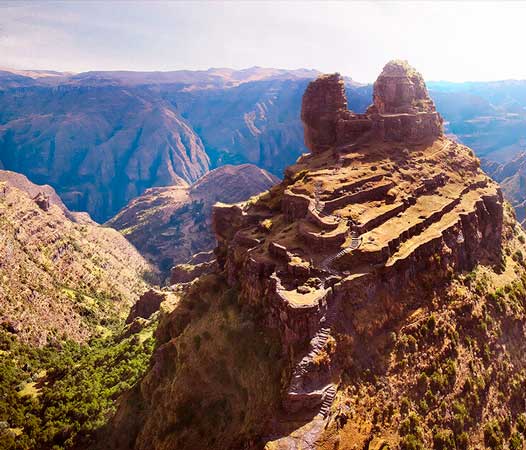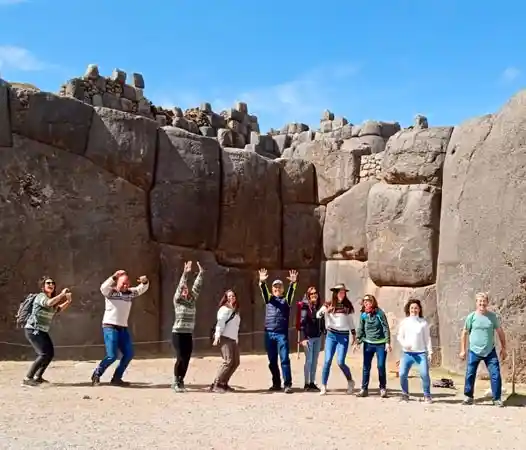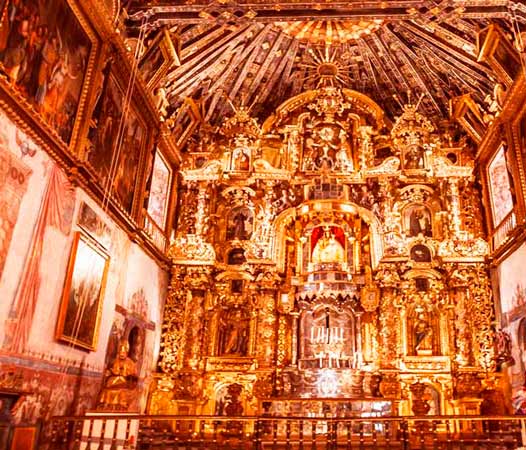Free tour of San Blas Neighbourhood + Viewpoints
- 10k reviews 2 h
If you’re looking for an alternative free tour in Cusco, join us on this walk and discover San Blas, the artisans’ quarter and one of the city’s favourite spots. Its narrow streets, lined with charming houses and colourful art galleries, are perfect for exploring on foot while listening to stories, legends, and anecdotes from the Inca and colonial times.
Get ready to wander along the streets of the Seven Snakes, the Seven Little Lambs, and the Seven Little Devils, and to capture stunning shots of Cusco’s Historic Centre from the San Cristóbal and San Blas viewpoints.
This urban adventure will be led by a local guide who will share fascinating insights into the significance of the Sapantiana huaca and aqueduct, the colonial church and square of San Blas, the palace of Manco Capac, and the Qapaq Ñan — the Great Inca Road that once wound its way towards the jungle.
This tour involves a walk uphill, so you’ll need to be in good physical condition and acclimatised to the altitude. If you’d rather avoid hills, join the classic free tour of Cusco’s historic centre instead.
Itinerary
Find us at Calle Heladeros 225 in front of Chicha Restaurant. Use the Regocijo (Kusipata) square as your main reference point.
Look for our yellow vests. Make sure they have the InkanMilkyWay logo on it. Don’t be confused by other yellow uniforms.
Please read the Meeting Point tab for more details.
Please, read the Details Tab so you see the terms of the itinerary.
The Yachaywasi — the House of Knowledge, where young nobles were educated — once stood in this square, which in the early years of the conquest was also home to the Santa Clara convent and the San Antonio Abad seminary.
Today, two luxury hotels dominate the square, along with the busts of Manuel de Mollinedo y Angulo (1626–1699), a Cusco bishop who championed Andean colonial art, and Pedro Ruiz Gallo (1838–1880), a Peruvian inventor, soldier, and scientist.
Siete Culebras Street is one of the entrances to Nazarenas. It takes its name from the carved snakes on the stone wall of the Amaru Ccata (Snake Enclosure in Spanish). In Andean cosmology, the snake symbolised wisdom.
In San Blas, a neighbourhood of steep streets, there’s more than one viewpoint offering sweeping views of Cusco’s urban landscape. San Cristóbal, located on the forecourt of the church of the same name, is the first stop on our free tour.
Have your camera ready to take spectacular shots of the “Historical Capital of Peru” and of the colonial Church of San Cristóbal, built in 1546 on the foundations of an Inca temple in the Qollqanpata quarter.
That’s what this area was called before the conquest — a place steeped in history, as near the viewpoint once stood the residence of Manco Capac, the mythical founder of the Inca Empire. Its finely carved walls became the base for Christian buildings.
Local lore in San Blas tells that, back in the colonial days, seven little lambs roamed freely along this cobbled, narrow street, “hemmed in” by Inca and colonial walls. At the time, it linked farmland with the heart of the city.
That’s said to be the origin of this peaceful and charming street’s name. And while you won’t bump into the seven lambs on our free tour, you can be sure your steps will lead you to shops, restaurants, workshops, and art galleries.
Enjoy this little corner frozen in time that captures the very essence of Cusco and San Blas, where art, history, and tradition live side by side in urban spaces that will amaze you with their architectural beauty.
This was an Inca shrine dedicated to the worship of water, where rituals were held to ensure the fertility of the land. Offerings were made during these ceremonies to establish a deep connection with nature.
Built with finely carved stone, Sapantiana was one of the nine ceques of Collasuyo. The ceques were a system of imaginary lines the Incas used to map their huacas and sacred sites, creating what they considered a “sacred space”.
The Sapantiana huaca is the perfect place to gain deeper insight into the Andean worldview and understand why the Incas sought a harmonious relationship with the many elements of nature.
In 17th-century colonial Cusco, a stone aqueduct with elegant masonry arches was built to channel water from nearby springs and streams into the “Imperial City”.
The Jesuits, who conceived the project, incorporated and adapted Inca canals and hydraulic infrastructure. For this reason, Sapantiana stands as yet another example of the fusion between Andean and European traditions.
During the colonial period, this architectural gem supplied water to convents and public fountains. It was then used in households, in religious ceremonies, and to irrigate farmland.
The number seven pops up again in San Blas: we’ve got seven snakes, seven lambs… and here, seven mischievous little devils who, according to local legend, left the underworld and settled along this cobbled lane.
While there are different versions of their behaviour, all agree that they weren’t truly evil — they simply tempted and encouraged couples who met here in secret to share a few passionate moments.
After hearing about the antics of the little devils, you’ll head to the San Blas Viewpoint. From this vantage point, you’ll take in sweeping views of Cusco’s Historic Centre and the hills that seem to “embrace” the mythical Imperial City.
The “Children of the Sun” were master road builders. Their main routes began at Huacaypata — the main square of pre-Hispanic Cusco — and stretched out towards the four suyos, as the regions of their vast empire were called.
Through the San Blas neighbourhood ran a branch of the Qapaq Ñan (The Great Road), which descended from the Andes to the Amazon. During the free tour, your guide will point out traces of this ancient path and explain its historical significance.
Even today, the Qapaq Ñan is considered one of the most remarkable road networks in the world. At the height of the Inca Empire, this system stretched across what are now Colombia, Ecuador, Bolivia, Chile, and Argentina.
In 1544, construction began on the Church of San Blas, built on top of an Inca huaca where the god Illapa (thunder and lightning) was worshipped. Due to its age, this house of the God of the Conquest is considered the oldest parish in Cusco.
On the free tour, you’ll see the church’s façade, but we recommend coming back to explore inside (it’s included in the Religious Circuit ticket) and admire its baroque cedar pulpit, one of the finest masterpieces of Cusco’s colonial art.
The church forms part of the architectural ensemble of San Blas Square, once a place of worship dedicated to Illapa. Surrounded by inspiring art galleries, its ornamental fountain and welcoming atmosphere are sure to win you over.
This tour concludes inside a store near the Church of Santo Domingo, after approximately 2 hours and 30 minutes of exploring the ancient Inca and Spanish streets of Cusco.
Our ending point is just 5 minutes away on foot from from the Plaza de Armas. Please note that you are not obligated to make any purchases at this place.
Schedule and Language
| Schedule | Language | Days | Duration |
| 09:00 | English | Every day | 2 h |
| 09:00 | Spanish | Every day | 2 h |
Where?
Find us at Calle Heladeros 225 in front of Chicha Restaurant at plazoleta Regocijo (Kusipata) — Look for the InkanMilkyWay logo on the bright Yellow Vest.
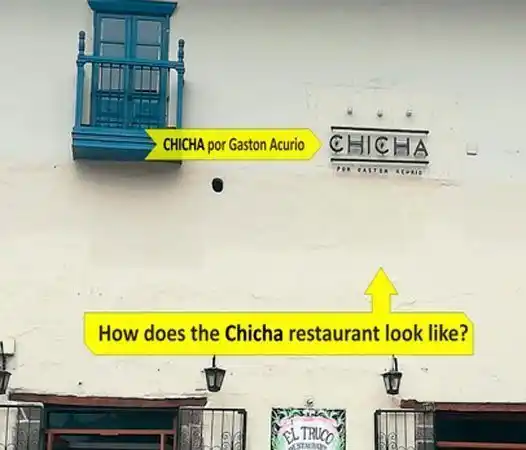
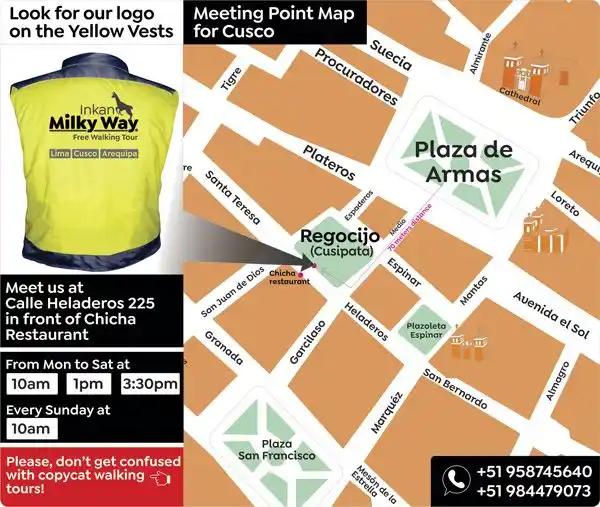
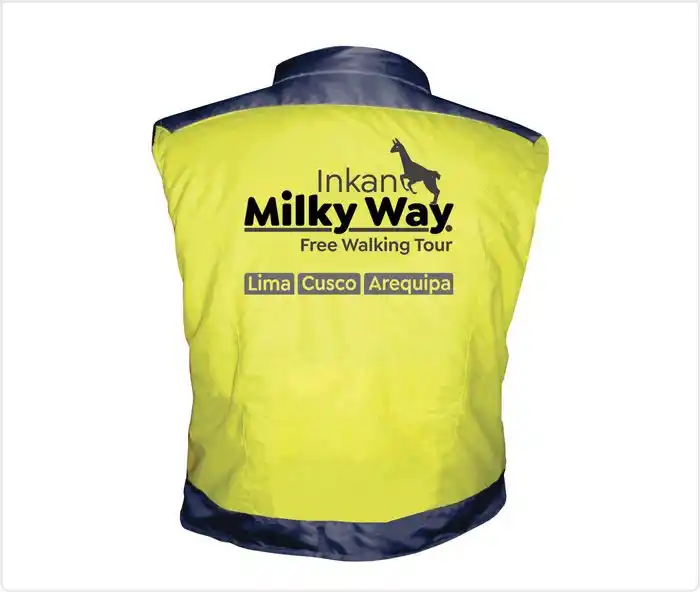
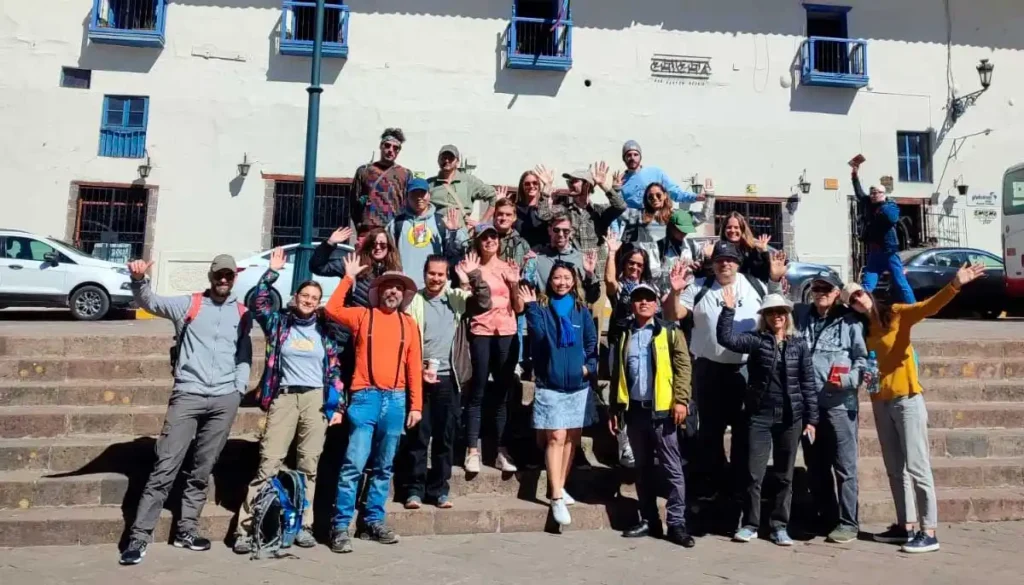
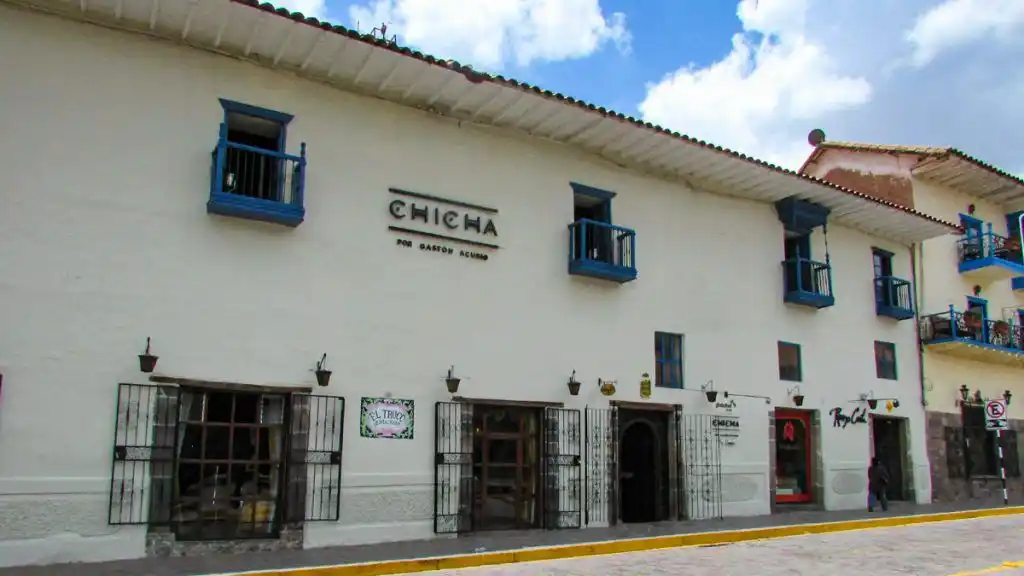
Details
Type: Group tours.
Price:
- The booking is 100% free.
- Minimum mandatory donation: 50 soles per person.
- Please note that it’s not easy to find a free tour guide willing to climb stairs, which is why a minimum donation has been set – you’re welcome to give more if you wish.
- Groups are small, practically private free tours with a qualified guide.
- Donations must be made in cash – we don’t accept cards.
Size: 2 to 5 walkers approx.
Restrictions:
- People with reduced mobility.
- People in poor physical condition.
- People not acclimatised to the altitude (the Andes).
- Peruvians (this tour is exclusively for foreigners).
Included:
- Professional and licensed Guide.
No included:
- Donations (tips): 50 soles per person.
- Personalised service.
What do I bring?
- Jumpers or jackets.
- Good walking shoes.
- Caps or hats.
- Sunglasses.
- Rain ponchos.
- Cash for tips.
Operation and itinerary:
- The itinerary of this free tour is subject to change without prior notice due to strikes, guide’s decisions, or any other event that prevents the tour from operating normally.
- Our operators always do their best to ensure an engaging tour.
Reviews
Please, scroll down to see reviews.
It is completely Free to Book
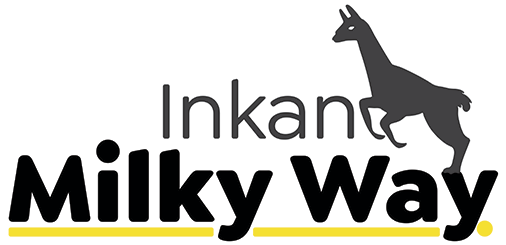
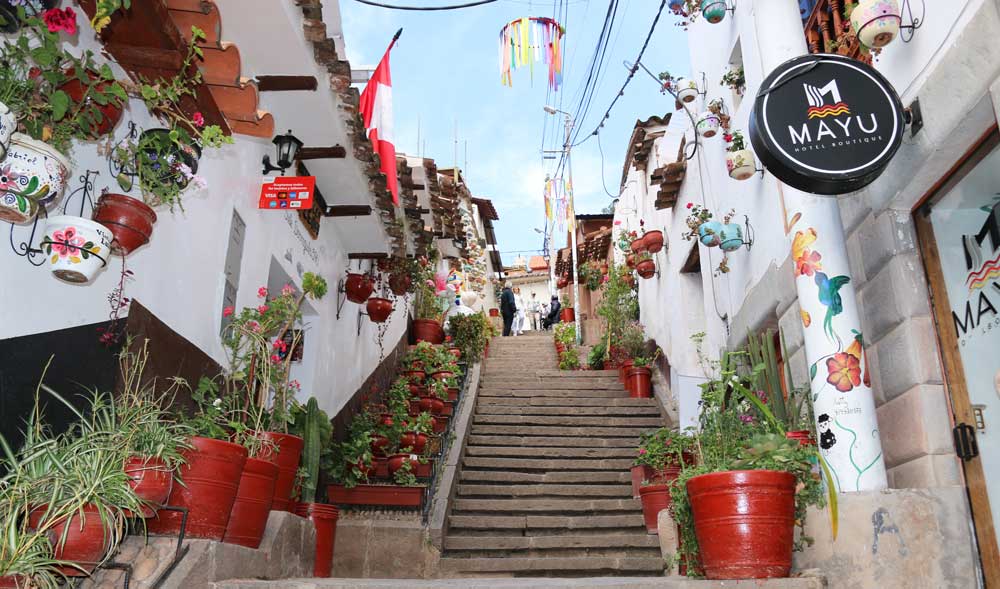
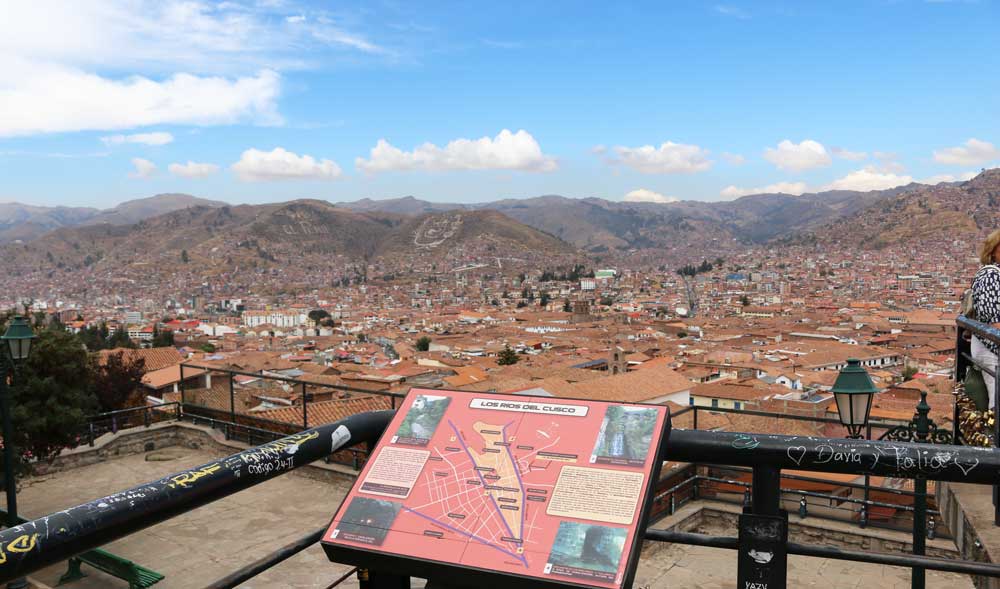
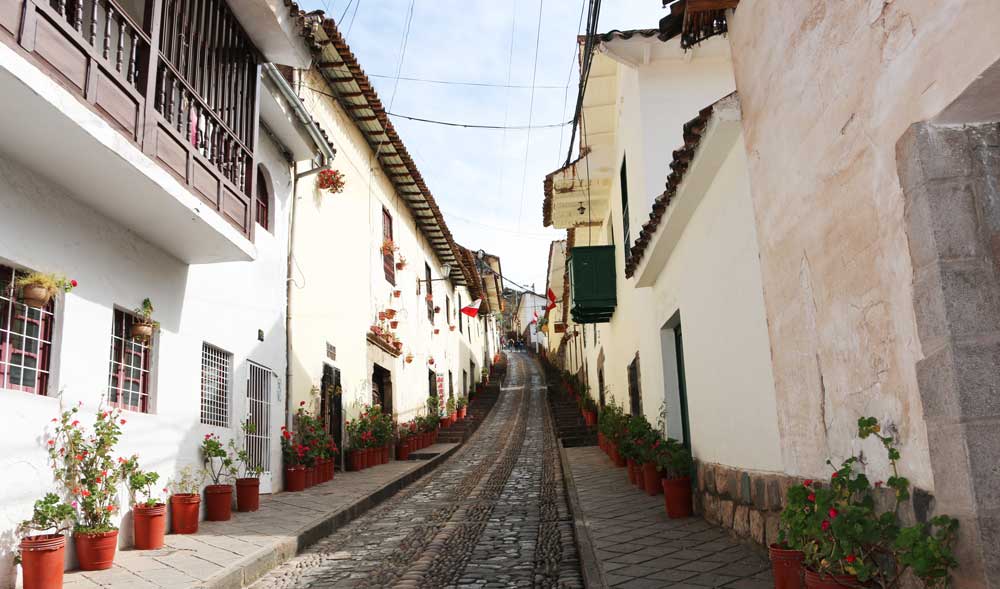
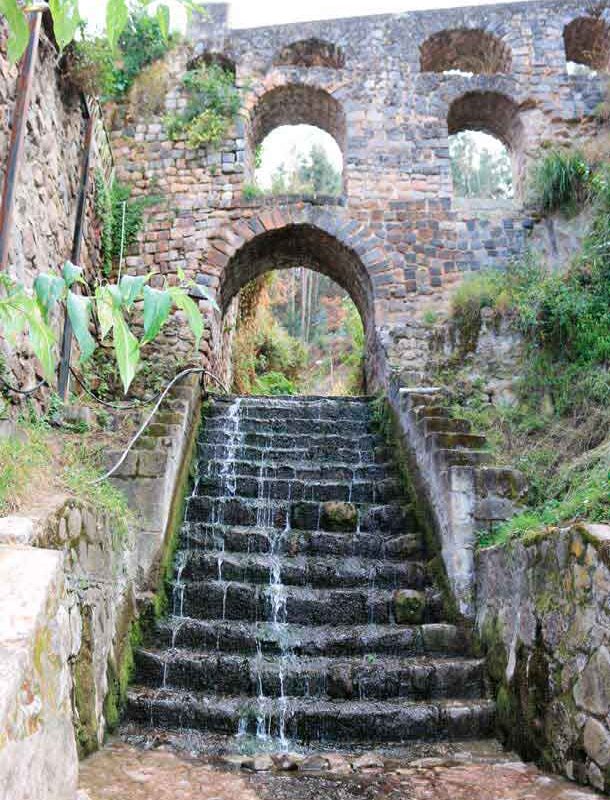
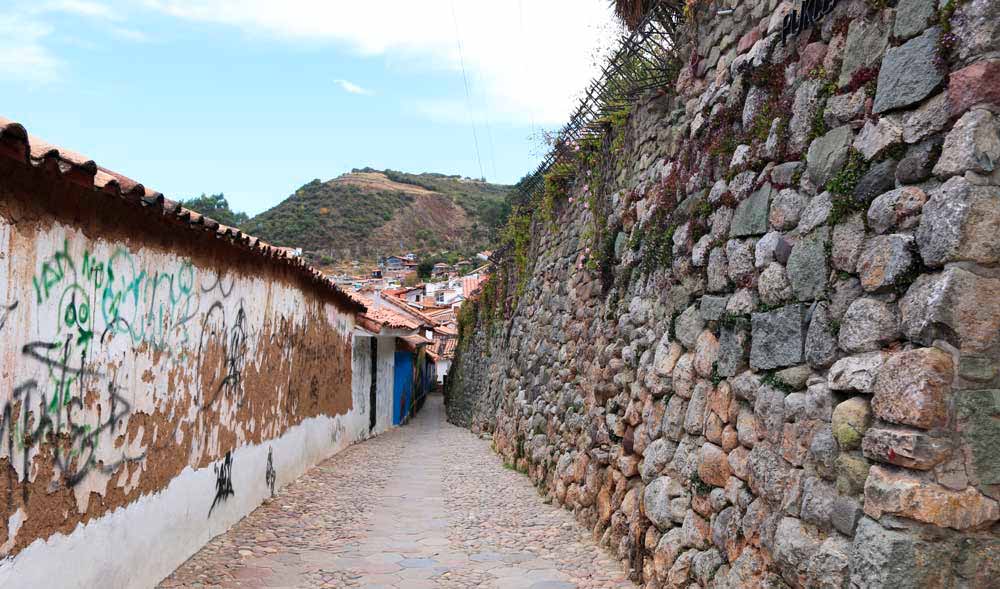
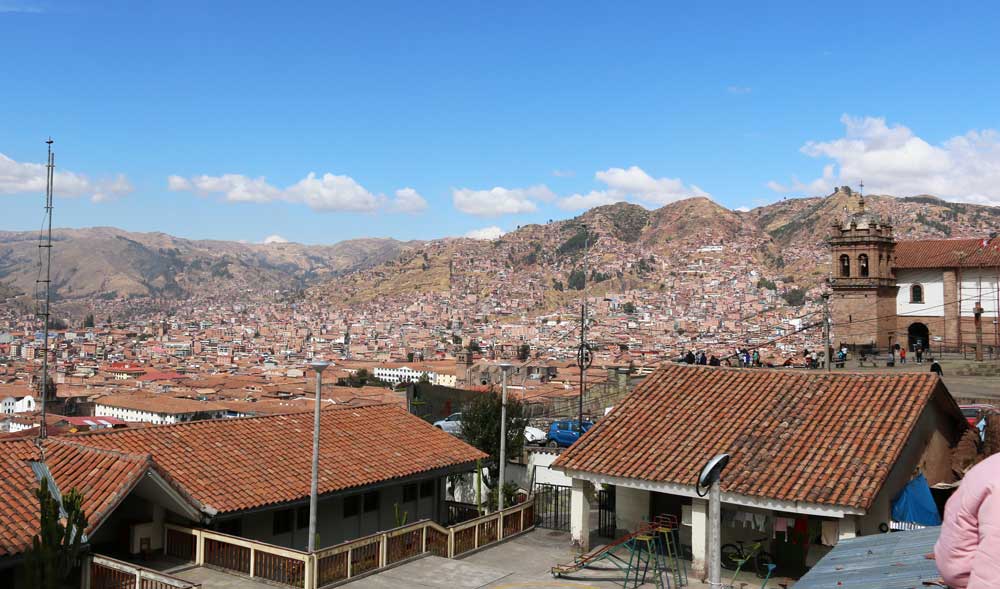
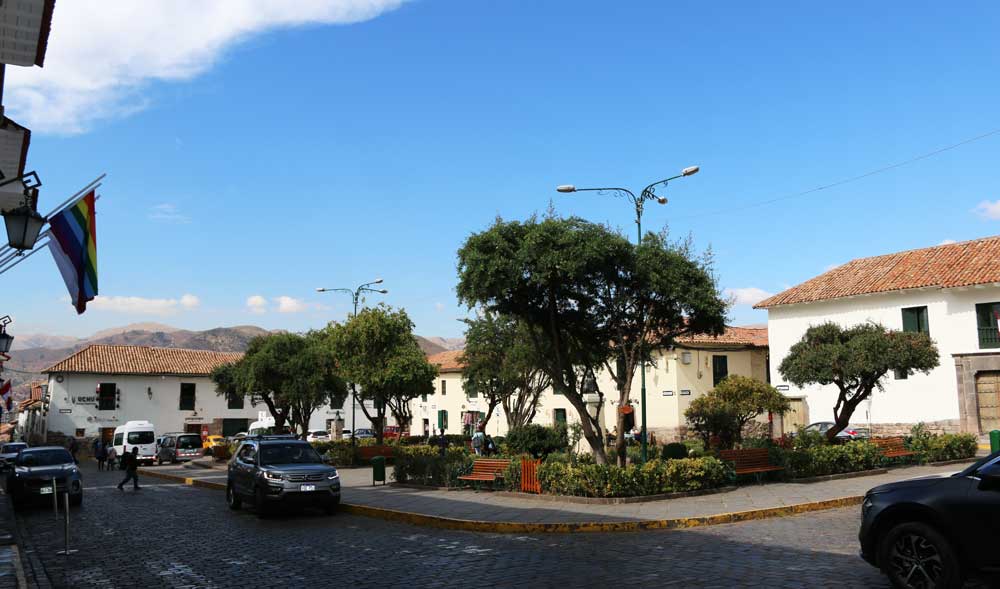
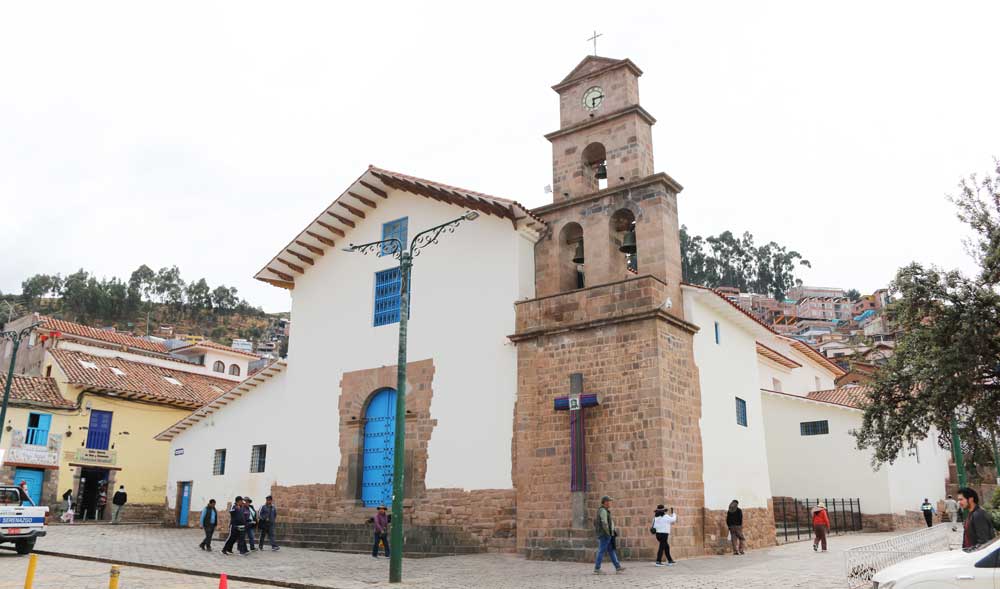
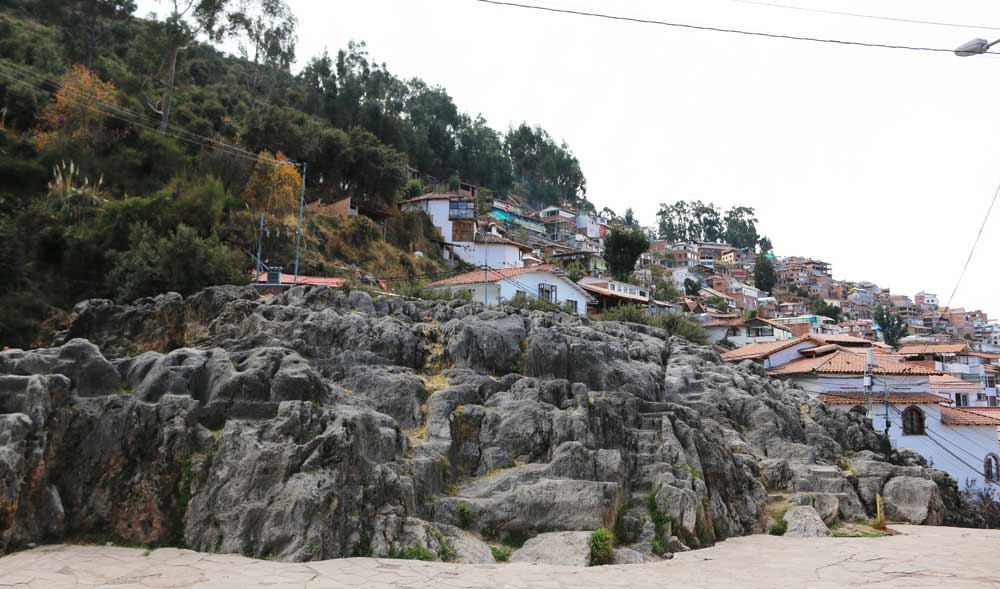
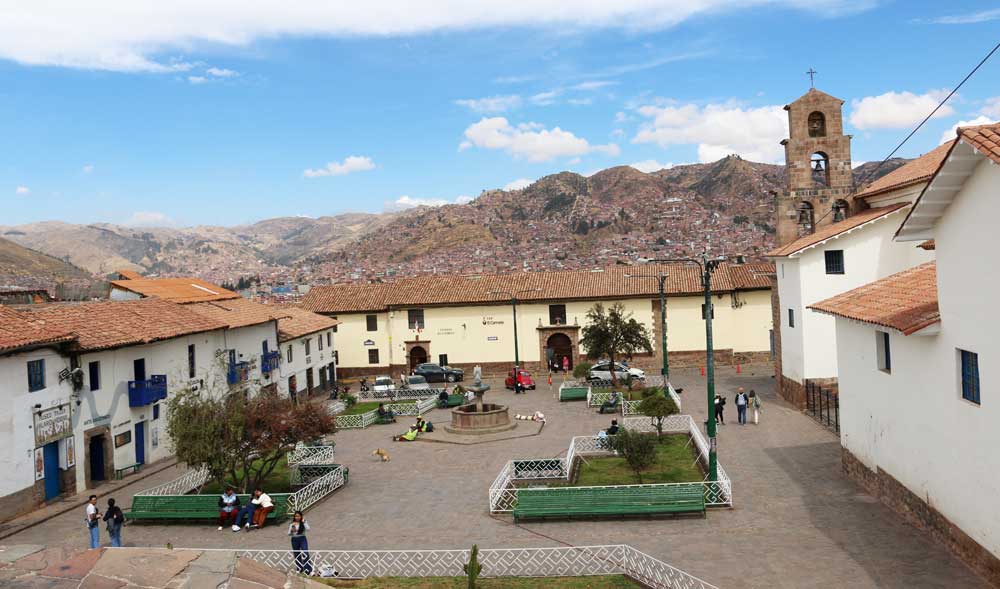
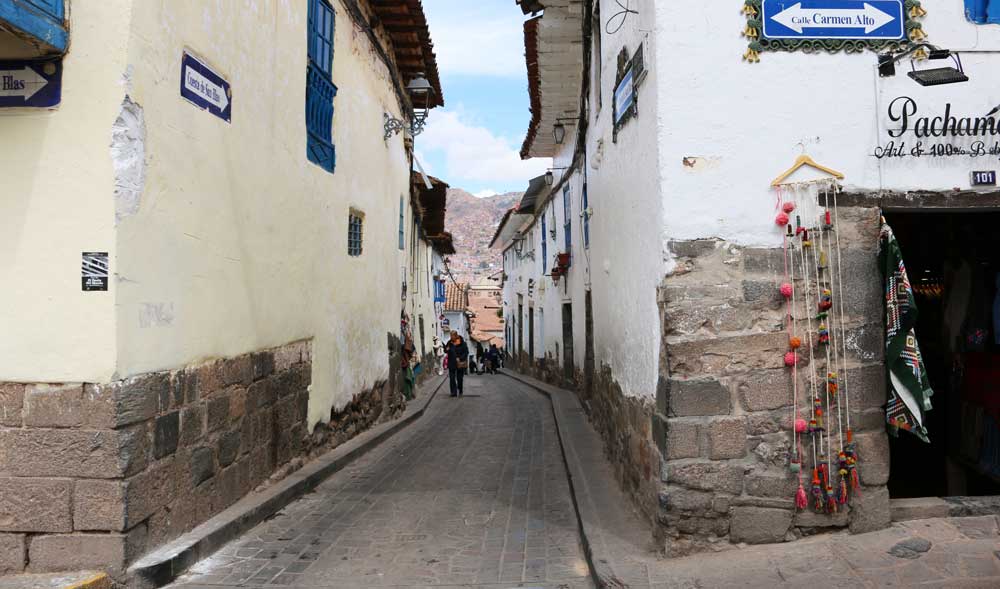
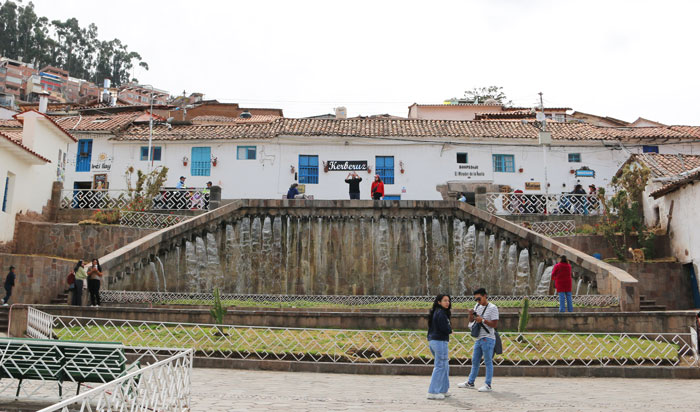
 TripAdvisor:
TripAdvisor: 

